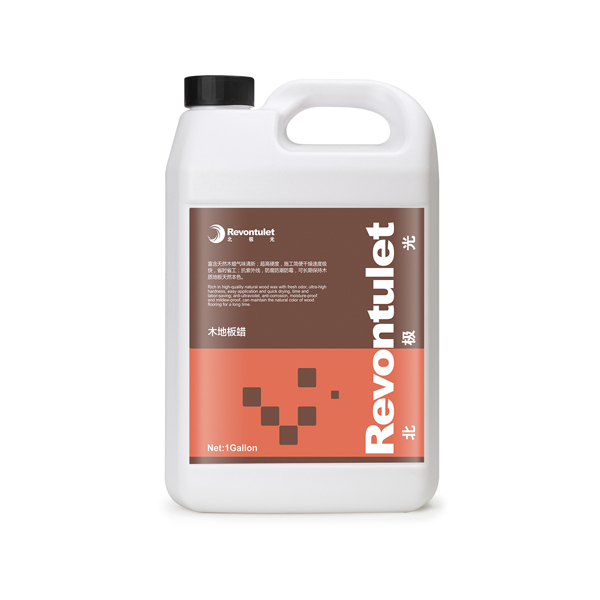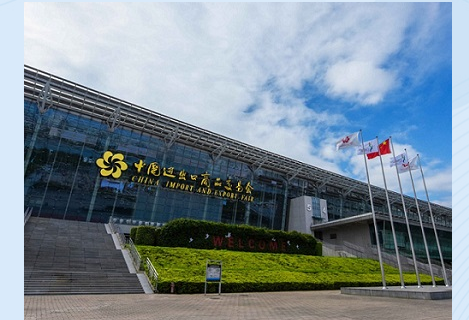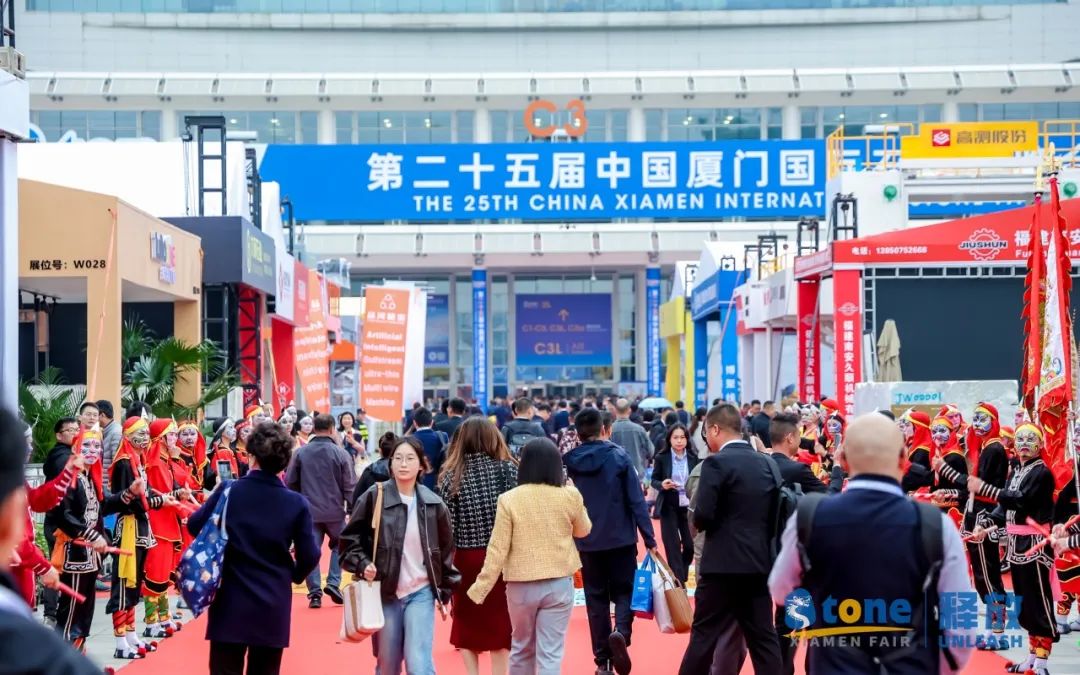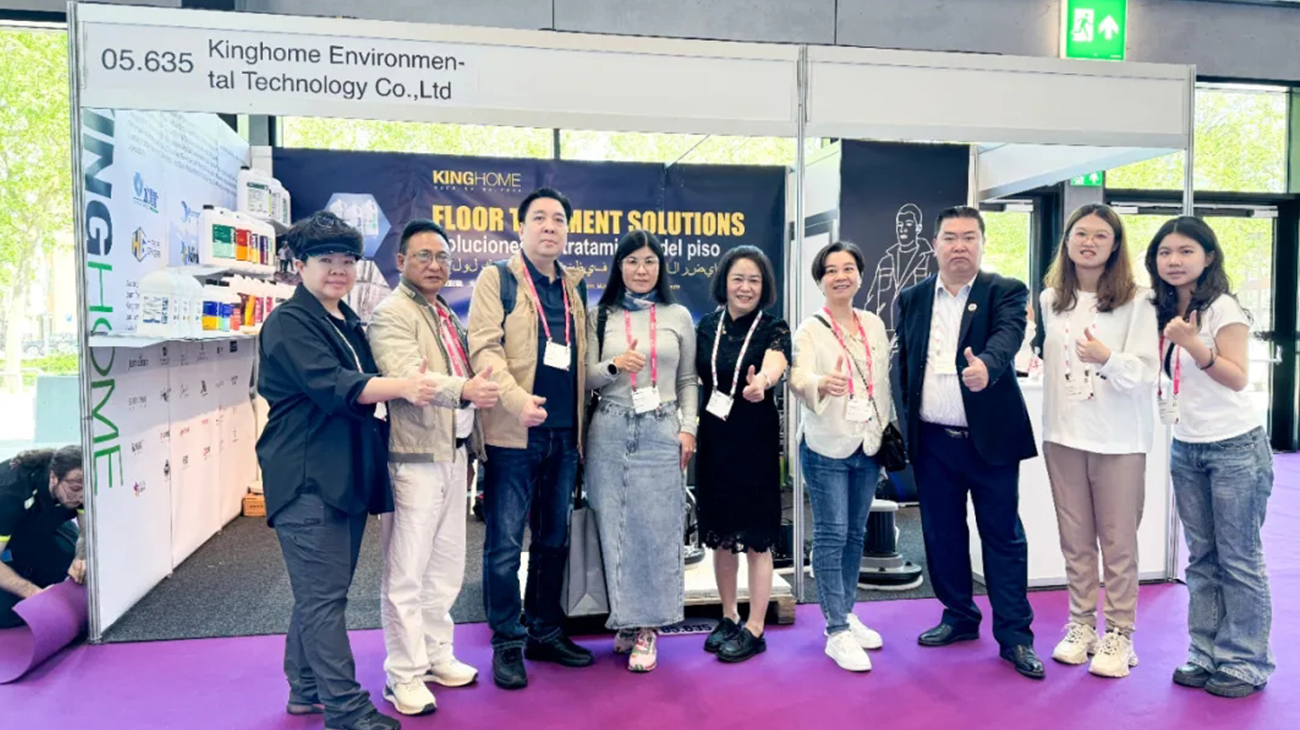What are the noticeable ingredients for stone polishing wax abrasives?
The grinding force of stone polishing wax comes from its abrasive composition, and the hardness, crystal shape, particle size and content ratio of the abrasive will affect the cutting force of the polishing material. The hardness of the abrasive is mainly determined by the type of the abrasive and the process of producing and processing the abrasive. The crystal form is mainly determined by the crushing method of the abrasive. The large particle size rules are determined by the length of the crushing time and the screening process, so all aspects of the abrasive are affected. The research will directly affect the production and development of polishing agents.

At present, the rough polishing agent abrasives used in floor polishing paint in China are mainly divided into silica (such as diatomaceous earth, silica and pumice, etc.) and alumina (bauxite, artificial alumina and natural white corundum, etc.). Mixed types of silicon and aluminum oxides (such as garnet, kaolin, bentonite, etc.), and miscellaneous types such as iron oxide and calcium carbonate.
The correct selection of abrasives and the ability to control uniform particle size can be said to be the core skills for the development and production of this type of polishing wax. Wrong selection of abrasives will seriously affect the polishing power and polishing effect, and uneven particle size control will cause the paint surface to be polished. Produce more scratches. From the point of view of application, the polishing effect of paint is often the main aspect that reflects the pros and cons of abrasive polishing wax.
Most of the stone polishing wax abrasiveson the market will be divided into rough polishing, medium polishing and mirror polishing products according to the grinding force level from strong to weak. How to choose the polishing products with the correct grinding level requires the construction personnel to select according to the construction process and their own experience provided by the polishing wax manufacturer, and then to evaluate and select according to the different conditions of the car finish. Using the whole series of polishing products on the paint surface of a car (for example, there is no need to use rough polishing wax on the paint surface of a new car without defects), which is also a misunderstanding of many non-specialists in the use of abrasive polishing wax.





